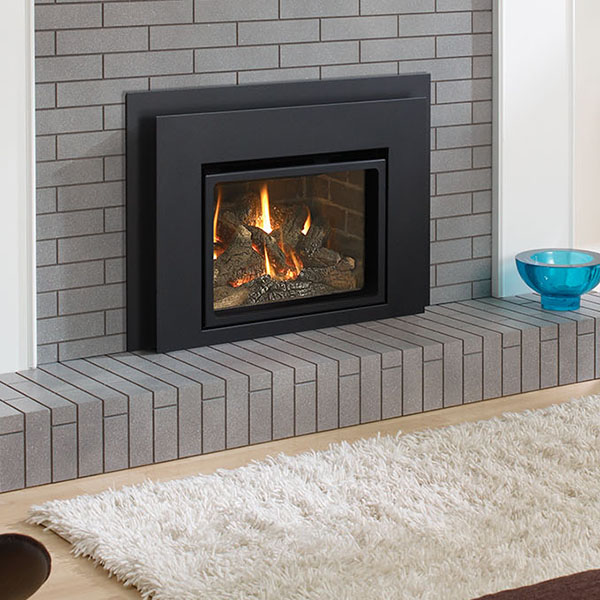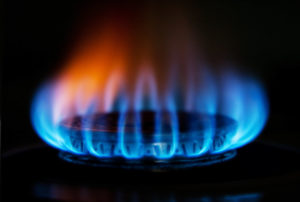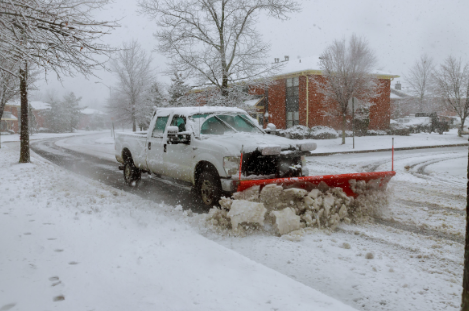How to Choose the Perfect Gas Fireplace for Your Home
Choosing to bring a new gas fireplace into your home is a decision you’ll be glad you made for many years to come. All styles of gas fireplaces deliver numerous important benefits, and we’ll take a look at some of those. First, let’s talk about the different types of gas fireplaces available today.
Gas fireplaces
These popular units are factory-built and ready to install within just about any wall in your home. Commonly referred to as “ZC gas fireplaces,” they’re highly insulated to keep the heat in the firebox from contacting combustible home building materials.
Because they operate on a “closed-combustion” system, gas fireplaces retain a very large percentage of the heat they produce rather than sending it up the vent pipe. As to venting, ZC gas fireplaces come with their own simple and safe vent system, so you won’t need to build any kind of chimney.
Gas fireplaces are also available in non-vented models. These units aren’t approved for use in all U.S. regions, so check your local safety and zoning codes before purchasing one.
 Gas fireplace inserts
Gas fireplace inserts
If finding a place in a wall to add a new fireplace is problematic for you, then just get yourself a powerful gas fireplace insert and place it in the firebox of your existing masonry wood-burning fireplace. Like ZC fireplace, inserts are built in a factory and come in various sizes, making it easy to find the perfect fit for your open firebox.
Also like ZC gas fireplaces, gas-burning inserts produce large volumes of heat, far more than your masonry fireplace ever could.
While the drafting of fireplace inserts is done up through an existing chimney, there’s a special vent pipe attached through which all exhaust travels.
Gas lot sets
Gas log sets aren’t actual fireplaces, but they transform an existing wood fireplace into something special. Modern log sets look so much like real wood logs, it’s hard to tell the difference at first glance. With a secure gas line connection, gas log sets typically are placed inside open masonry fireplaces or other wood-burning fireplaces for a beautiful look with virtually no maintenance and mess involved.
Benefits of gas fireplaces
Gas fireplaces, gas inserts and in some instances gas log sets bring you all these benefits:
- Fabulous aesthetics that improve the look of any room.
- A variety of styles, sizes and finishes to enhance your current décor.
- Heat-efficiency ratings of 80% and higher. This rating measures how much heat will be available within the home vs. lost through venting. (Compare to a 10% to 20% rating for most open masonry fireplaces.)
- No creosote buildup in the vent pipe that has to be cleaned to prevent fires.
- No issues with smoke backing up into the house.
- No buildup of ashes to scoop out of the firebox.
- A switch or remote button gets fires started immediately and extinguishes them just as fast.
- High levels of safety and performance, no matter which method of gas heating you choose.
The post How to Choose the Perfect Gas Fireplace for Your Home appeared first on Fluesbrothers Chimney Service.
 When you prepare to use your wood-burning fireplace, it is important to first think of safety. Your home and family can be in danger if chimney cleaning and other types of
When you prepare to use your wood-burning fireplace, it is important to first think of safety. Your home and family can be in danger if chimney cleaning and other types of  Chimney Repair
Chimney Repair
 Types of Gas Appliances
Types of Gas Appliances Make Some S’mores
Make Some S’mores Read a Christmas Story
Read a Christmas Story
